How to Hold Onto the Past (Without Drowning in It)
As an Amazon Associate and member of other affiliate programs, I earn from qualifying purchases.
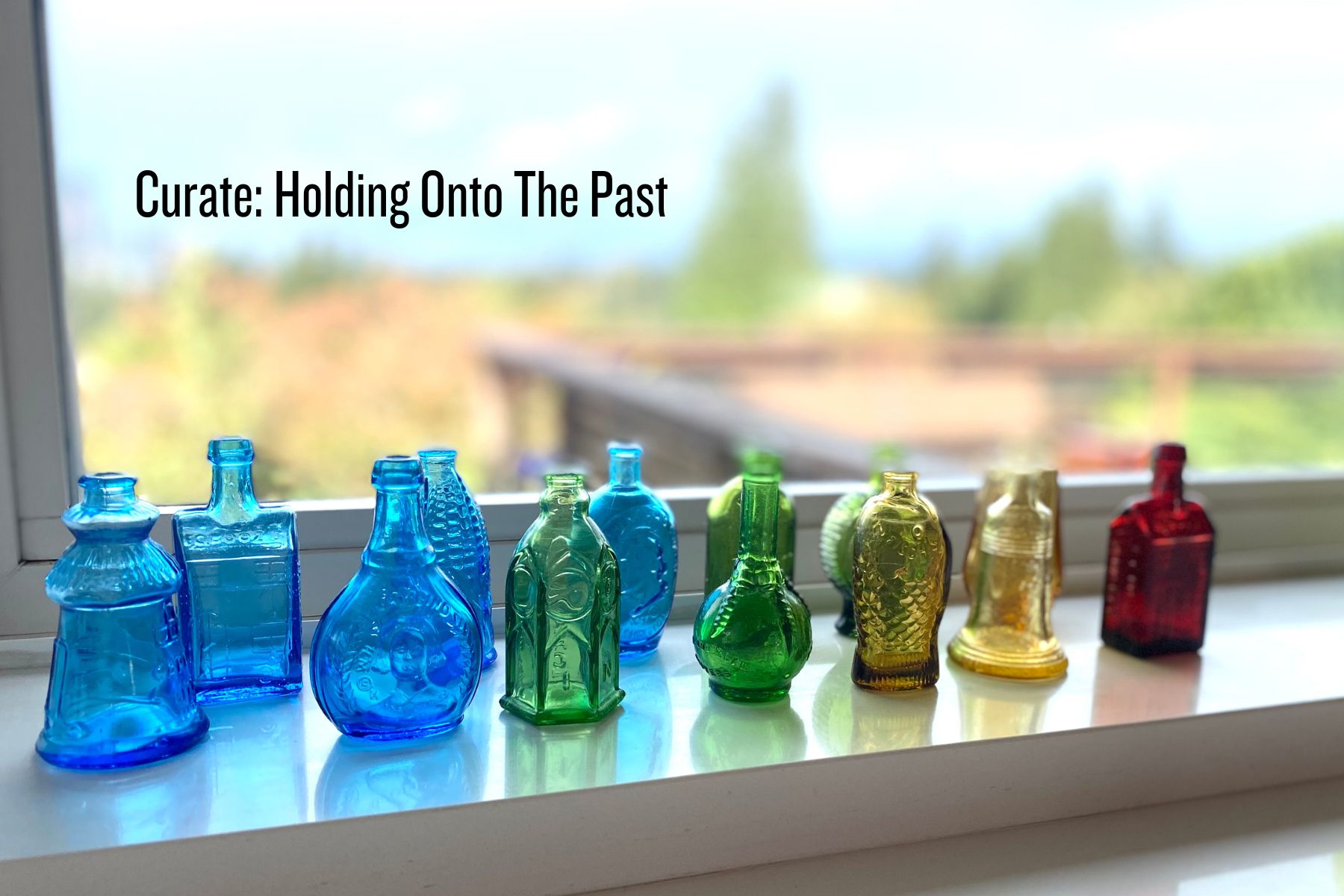
I’m a decluttering coach, so it seems like my message is usually about letting go. Many folks hold on to the past so tightly that letting go of physical things can be very challenging. Helping people overcome those challenges is a big part of what I do. That said, all the talk about letting things go can obscure the important work of deciding what to keep. Because you should keep some things! I never advocate for getting rid of everything.
In this blog I’m re-framing the idea of decluttering. Decluttering can be really hard. So shift your mindset from purging to curating. Learn how to hold onto your past without drowning in it. You are making decisions about what memorabilia is important to keep.
When you keep everything, then nothing is really sacred. When there is too much stuff, you can’t appreciate what you have. You are drowning in the past, both physically and mentally. Curating adds the element of prioritization, as well as intention to the art of decluttering. Curating helps you hold onto what matters and make space to appreciate it. Below are the filters I use to help clients curate their memories instead of painful purging.
Keep things you can use
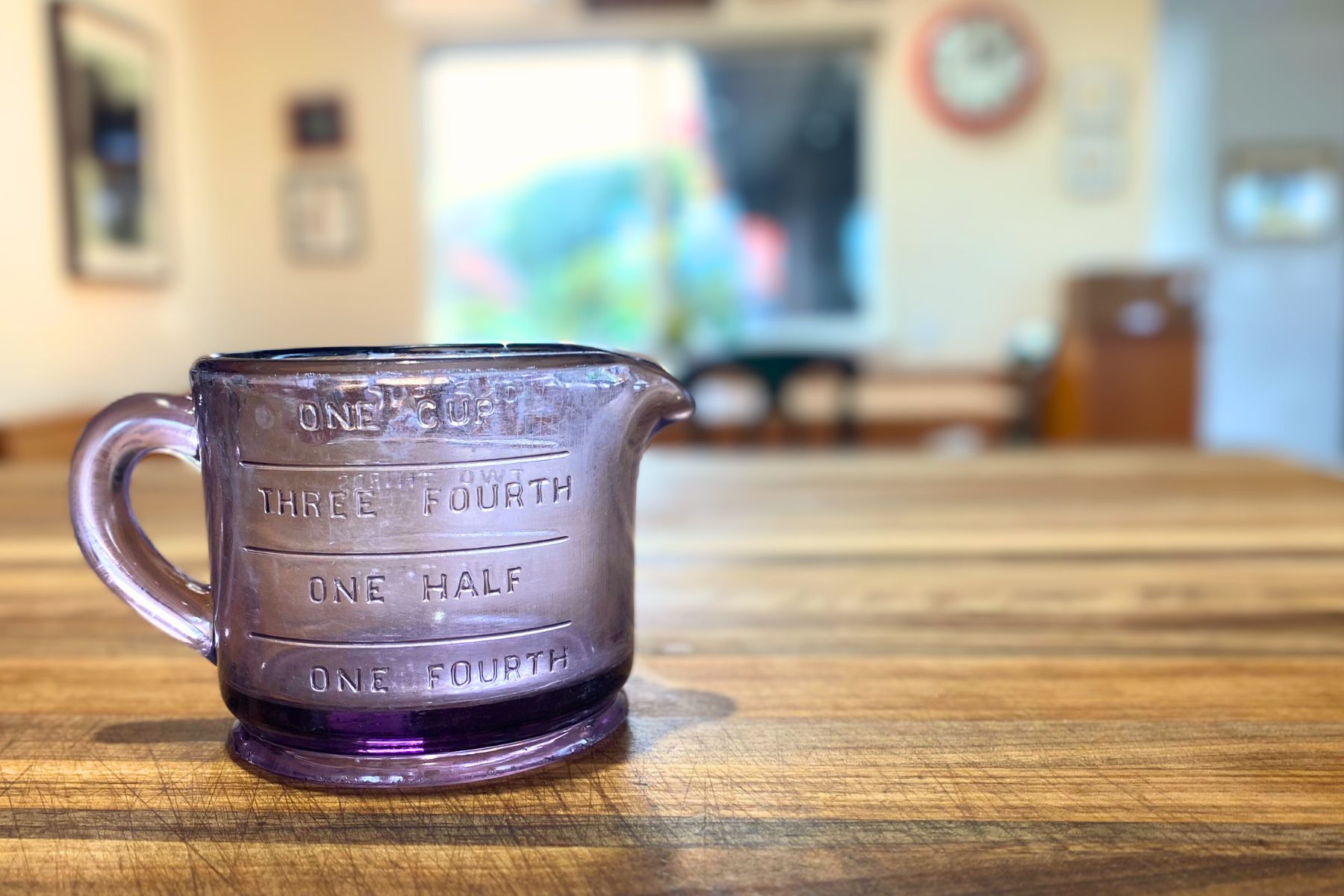
Useful things kill two birds with one stone because you can hold onto the past while also fulfilling a need! Heirloom furniture (that you love) falls into this category, but more mundane things are also great. I have a glass measuring cup (pictured) that was my mother’s and my grandmother’s before that. I use it when I’m cooking and it makes me smile every time I pull it out. This works with stuff your kids made as well. Small ceramic bowls are great for dipping sauces, salt cellars or dog treats. Prioritize the cutting board your kid made in woodshop.
What happens when you prioritize useful things is you can declutter the duplicate items that serve the same purpose – so you are decluttering AND holding onto to precious memories at the same time!
Keep things you can display
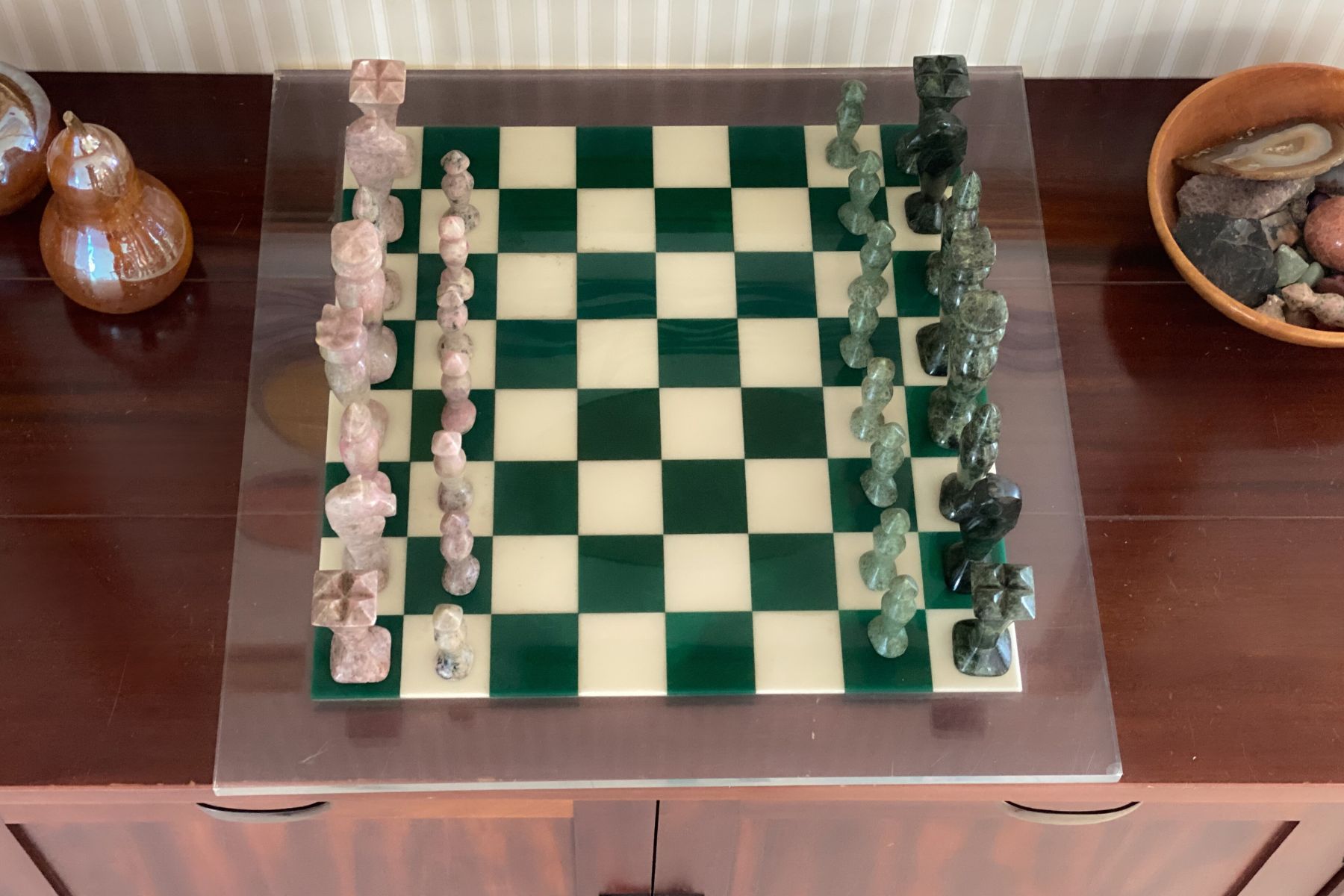
If something isn’t useful but is beautiful, consider keeping it for display. Hold onto the past by honoring the item in your home as art. An obvious example is framing and hanging art that your kids made. My girls went to an art camp years ago and each made a painting of a horse that I just loved. They hang in our mudroom entrance to this day and I still love them!
Jewelry is another way to remember and honor memories. My grandfather worked with polished stone and enamel to create jewelry. I’m not a big jewelry person but love to pull out one of his pieces to wear every once in a while. I am inevitably asked about them and love to give credit to my grandfather.
The same grandfather fashioned a chess set out of jade that is proudly displayed in our foyer. My grandmother used to send me vintage apothecary bottles for my birthday when I was a kid, one or two each year. They look beautiful in my kitchen windowsill with the afternoon light streaming through them.
When you display the things you have curated, you honor them but also those memories become even more meaningful because you see them every day.
Keep things that give you insight
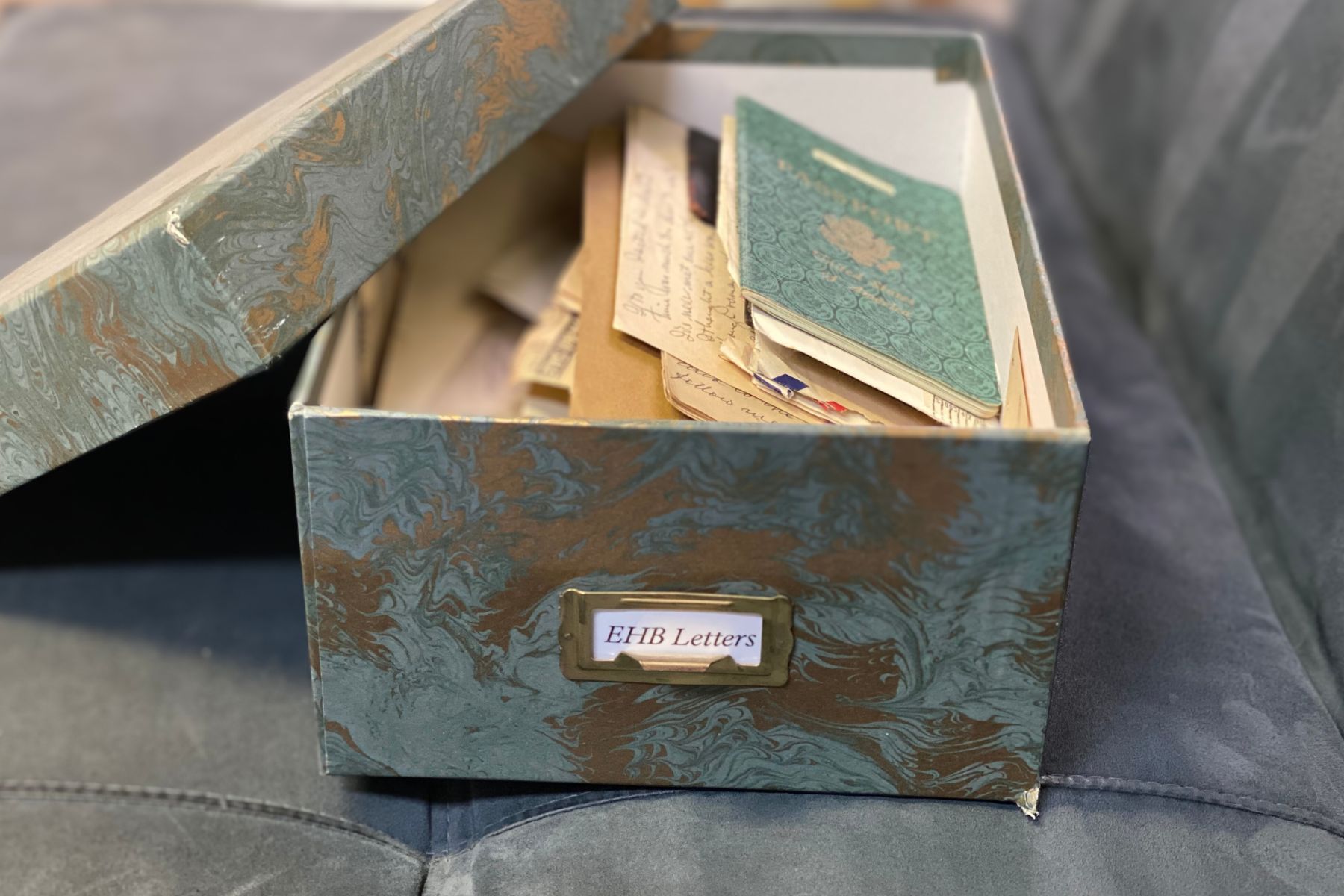
Another memorabilia category I encourage clients to focus on is letters or journals. The written word is powerful, an insight into your own or someone you love’s perspective from the past. When you hold onto the past through letters it can serve to reconnect you with your younger self or with someone who isn’t with you any longer. Plus, it almost feels historical now since letters are pretty much extinct these days!
The other thing I love about letters is they don’t take up much space. Once you’ve curated a collection (edit cards with no meaningful inscriptions, letters from people you don’t remember, or anything that’s painful to revisit) keep it in an archival box (here’s my favorite collection, comes in multiple sizes and colors.) Designate a home for your letter boxes; somewhere that is easy to access so you can be tempted to visit them occasionally.
Curate the Past
It’s okay to want to hold on to the past by keeping things to help you remember. But how you keep them is important. When they are shoved into boxes that are gathering dust in the attic or basement they aren’t serving you, they’re just taking up space. Curate down to a meaningful collection that allows you to honor the past and integrate it into the present as well.

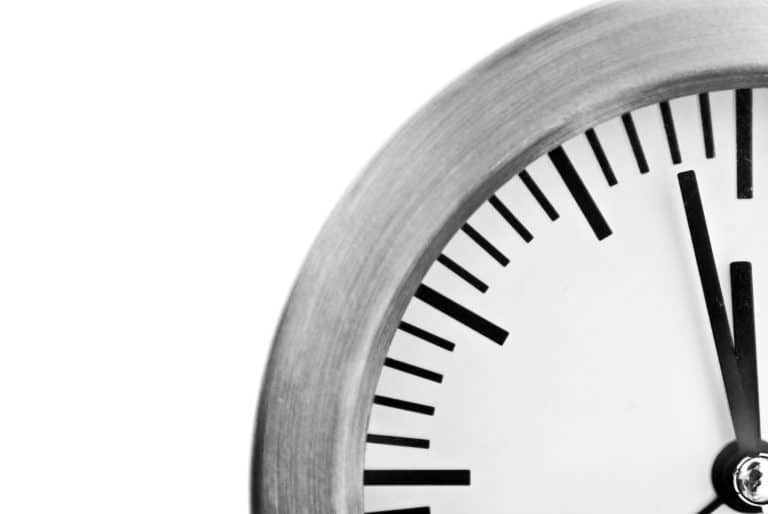
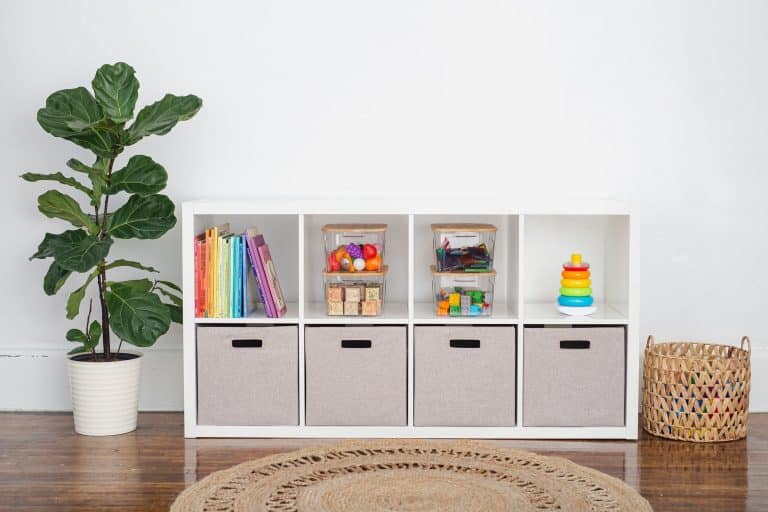
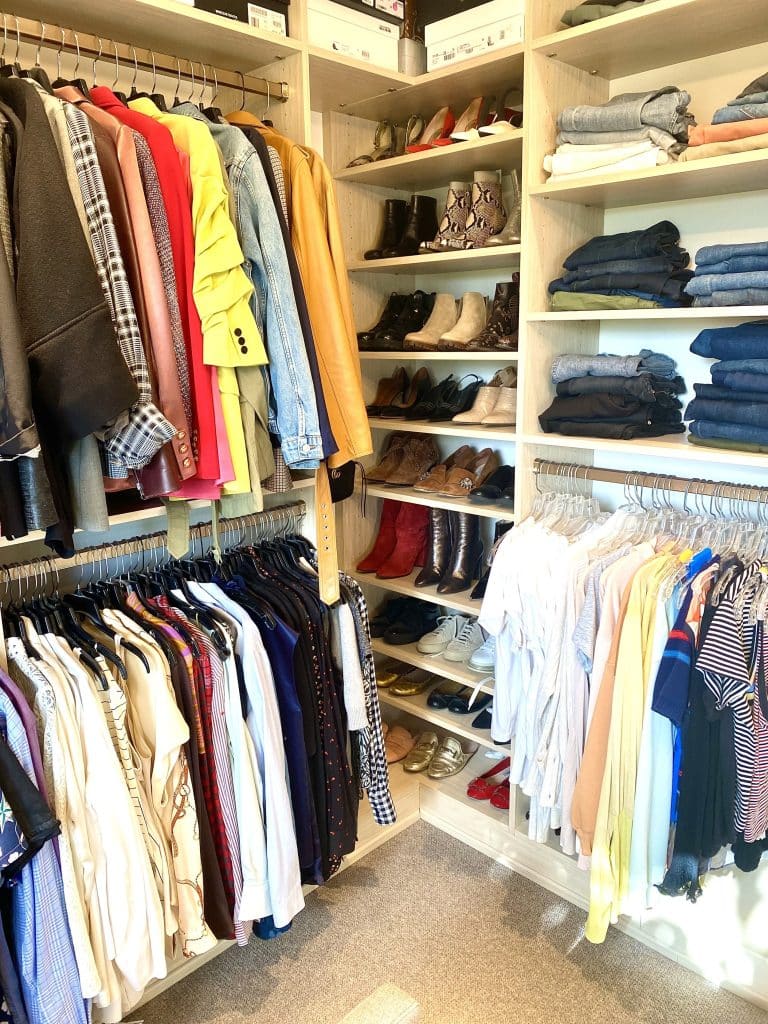
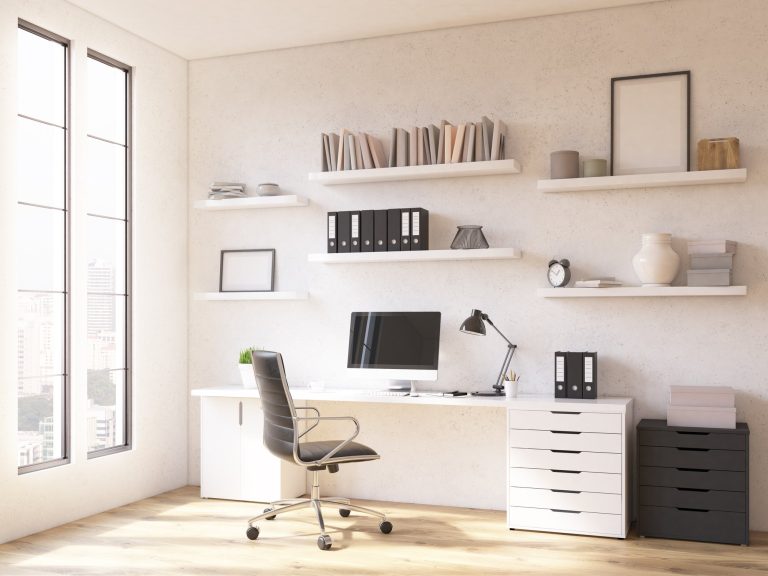

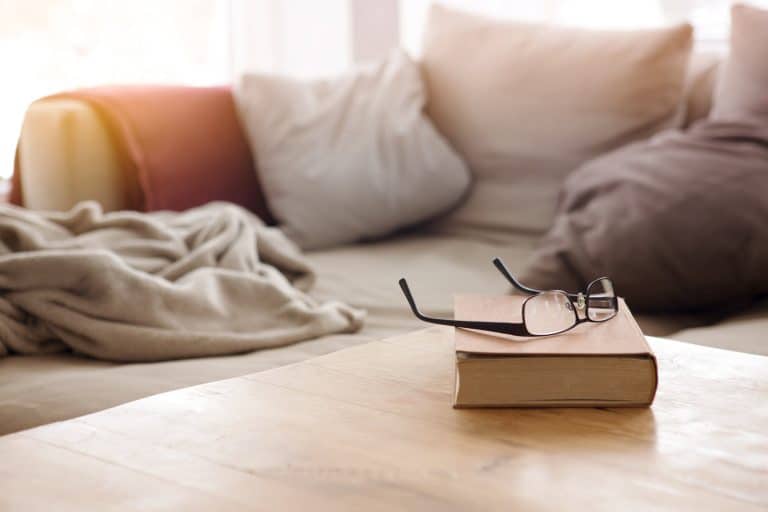
Method Seattle Comment Policy
We welcome relevant and respectful comments. Off-topic comments may be removed.